In the era of smart manufacturing and intelligent logistics, automation technologies are revolutionizing material transportation across factories and warehouses. Among the most common systems driving this transformation are AGV (Automated Guided Vehicle), IGV (Intelligent Guided Vehicle), and RGV (Rail Guided Vehicle). These automation equipment are key components in a modern automated logistics system, helping streamline workflows, reduce labor costs, and increase operational efficiency. But with such similar acronyms, how do you tell them apart—and more importantly, which is right for your application?
The main differences between AGV, IGV, and RGV lie in their navigation systems and flexibility. AGVs follow predefined paths using fixed guidance methods like magnetic tape or lasers, making them ideal for repetitive tasks in stable environments. IGVs use advanced, marker-free navigation, offering greater adaptability to dynamic settings. RGVs operate on fixed rail systems, ideal for high-speed, high-efficiency linear transfers.
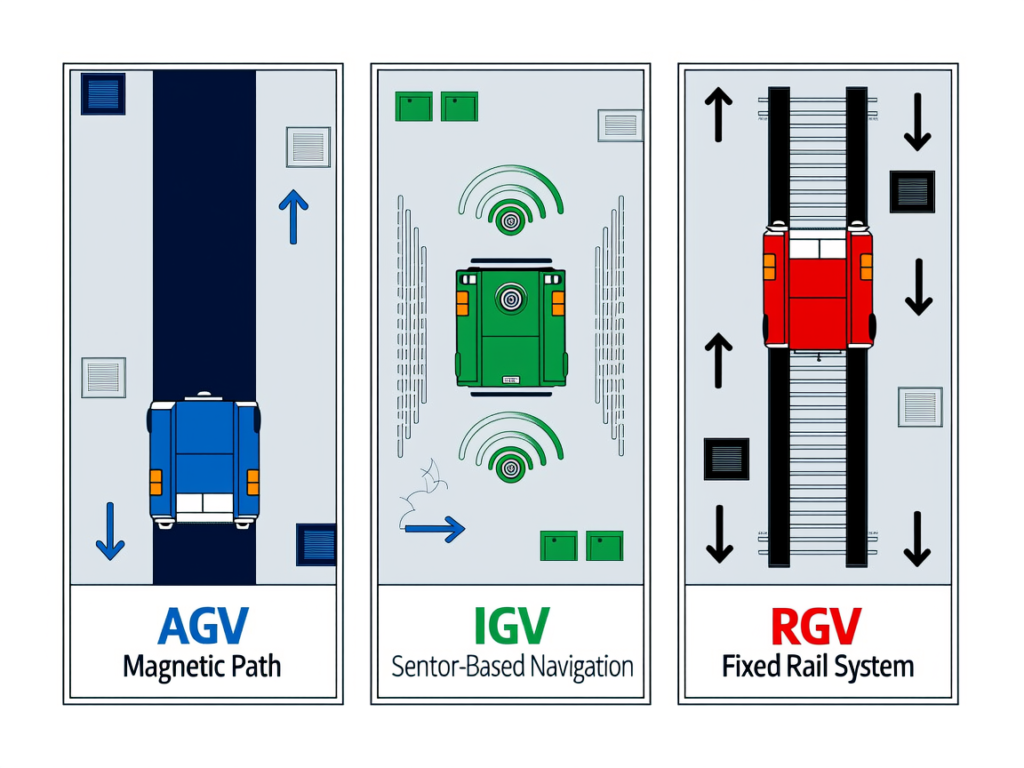
While they may seem interchangeable at first glance, AGVs, IGVs, and RGVs are tailored for specific workflows, budgets, and facility layouts. In the sections below, we’ll dive deeper into each vehicle type, exploring their definitions, navigation methods, applications, and advantages. Whether you’re managing a manufacturing plant or a bustling e-commerce warehouse, this guide will help you make an informed decision.
What is an AGV (Automated Guided Vehicle)?
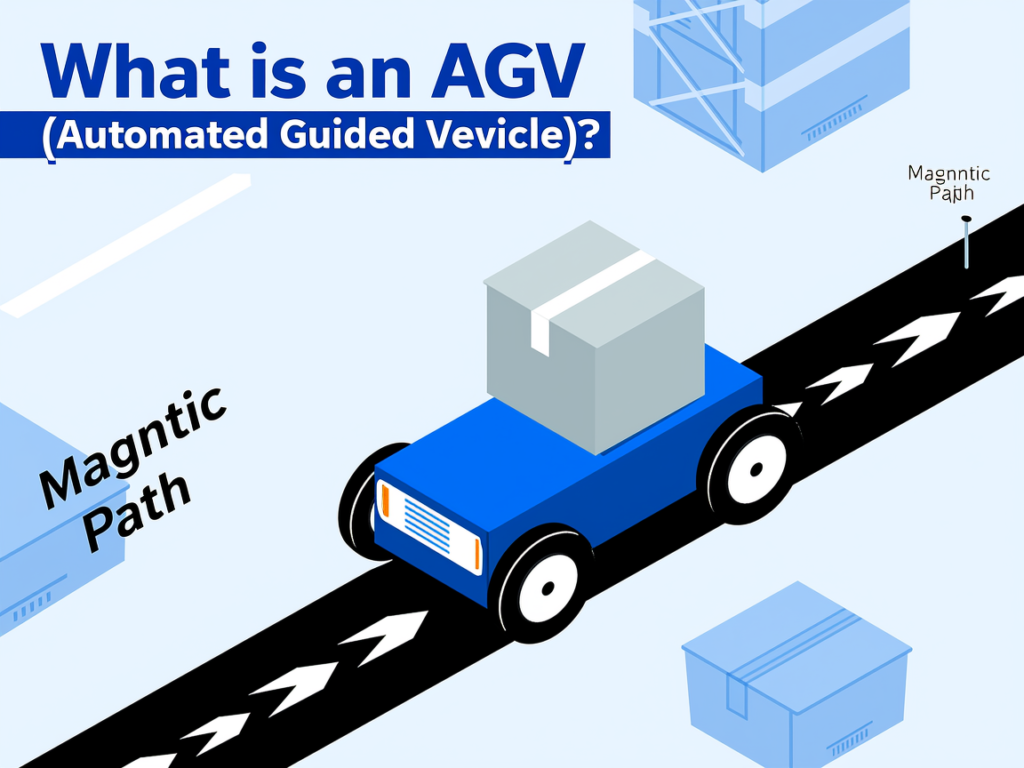
Definition
An AGV is a transport vehicle equipped with predefined navigation systems such as magnetic tape, wires, or lasers to move materials along fixed paths. These vehicles are widely used in industries like manufacturing and logistics for their precision and reliability in repetitive tasks.
The global AGV market is expected to grow from $2.56 billion in 2024 to $3.78 billion by 2029, at a CAGR of 8.1%. As a key segment of the expanding mobile robot market, AGVs are increasingly adopted in industries looking to optimize efficiency and reduce manual labor.
Navigation Methods
AGVs rely on fixed guidance systems, including:
- Magnetic Tape or Wires: Embedded in the floor to guide the vehicle.
- Laser Navigation: Uses reflectors for precise movement.
- Optical Lines: Follows visible lines or markers on the floor.
Applications
AGVs are commonly used in:
- Manufacturing (e.g., automotive, electronics).
- Warehousing and distribution.
- Logistics for towing or carrying loads.
Pros
- High Precision: Accurate path-following reduces errors.
- Reliability: Ideal for consistent, repetitive tasks.
- 24/7 Operation: Enhances efficiency by reducing human intervention.
- Reduce Production Costs: AGVs help reduce production costs compared to manual or traditional transport methods.
Cons
- Low Flexibility: Fixed paths make layout changes costly.
- Infrastructure Costs: Guidance systems require significant investment.
What is an IGV (Intelligent Guided Vehicle)?
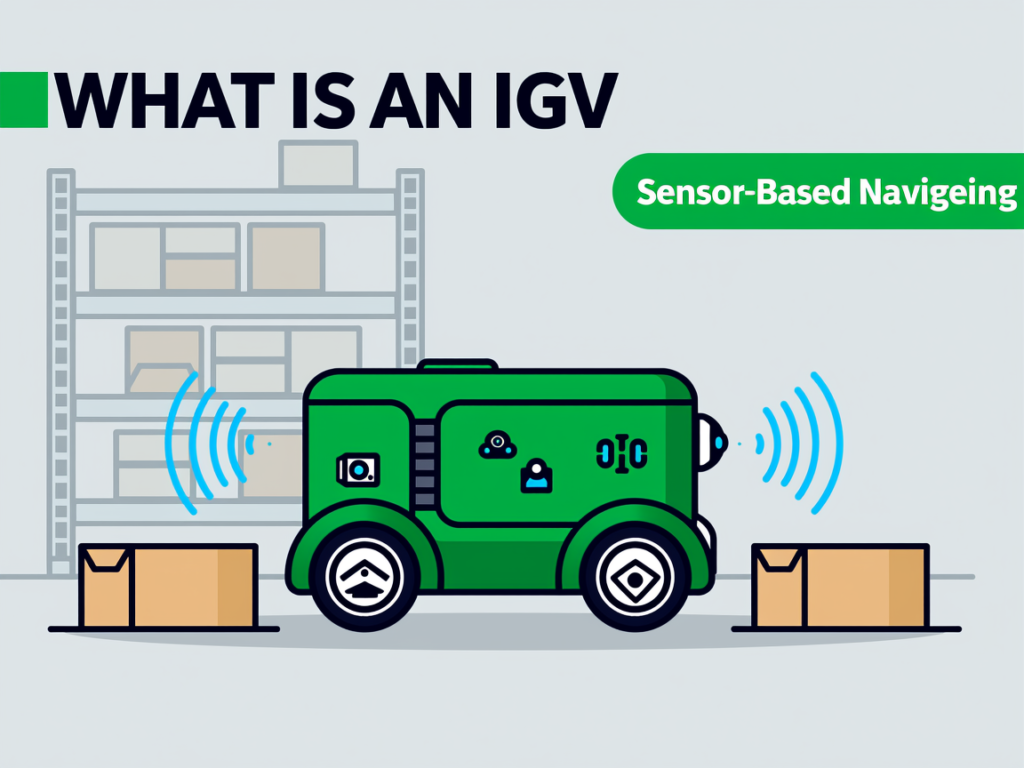
Definition
An IGV is an advanced automated vehicle that navigates without fixed markers, using sensors, cameras, and mapping technology like SLAM (Simultaneous Localization and Mapping) for dynamic movement.
Navigation Methods
IGVs employ:
- Sensors and Cameras: Detect obstacles and map environments in real-time.
- Mapping Technology: Creates dynamic maps for flexible navigation.
- AI Algorithms: Enable adaptive path planning without fixed infrastructure.
Applications
IGVs are ideal for:
- Dynamic warehouses, such as e-commerce facilities.
- Environments with frequent layout changes.
- Mixed-product handling requiring adaptable routing.
Pros
- High Flexibility: Adapts to layout changes without infrastructure modifications, ideal for flexible unmanned production environments.
- Enhanced Safety Protection: Real-time obstacle detection reduces accidents.
- Scalability: Easily integrates into dynamic operations.
Cons
- Higher Costs: Advanced technology increases initial investment.
- Complex Maintenance: Requires expertise for software and hardware upkeep.
What is an RGV (Rail Guided Vehicle)?
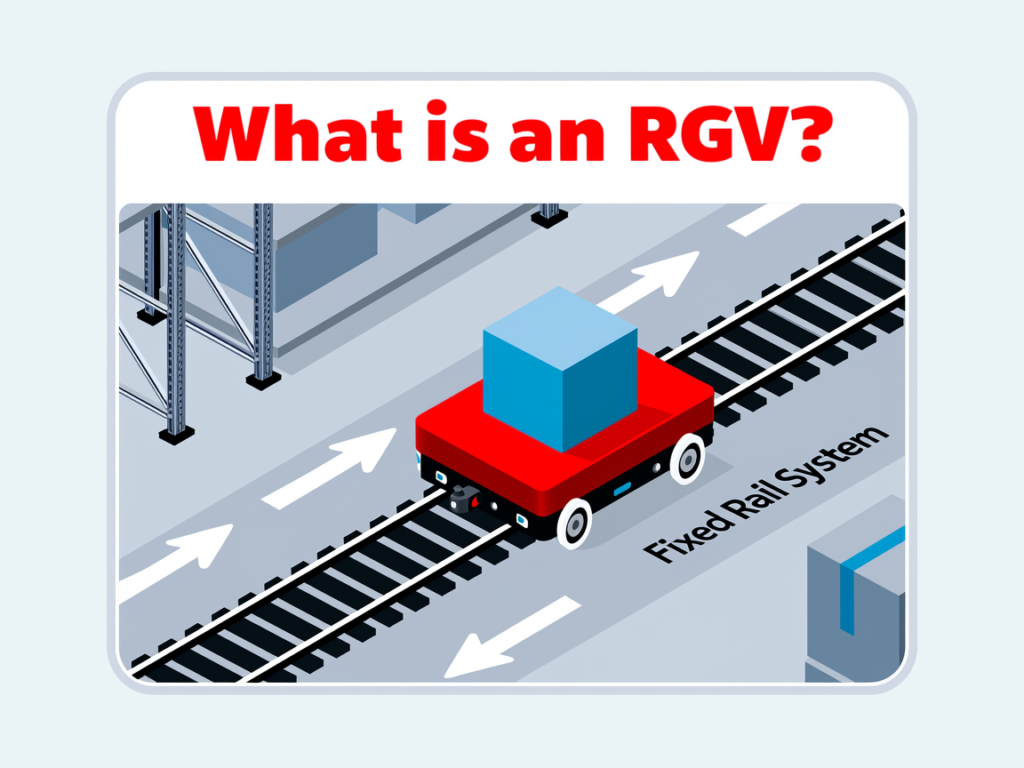
Definition
An RGV, also call rail shuttle car, operates on fixed rail systems, designed for high-density storage environments like automated warehouses. They are known for speed and safety in moving heavy loads (Rail Guided Vehicle).
Navigation Methods
RGVs use physical rails for stable, precise movement along predetermined paths.
Applications
RGVs are used in:
- High-density storage warehouses, such as three-dimensional setups.
- Facilities requiring fast, safe transport of heavy loads.
- Systems integrated with conveyors, elevators, or robots.
Pros
- Speed and Safety: Rails ensure fast, secure movement.
- Efficiency: Ideal for long, narrow storage channels.
- Low Maintenance: Simple rail systems require minimal upkeep.
Cons
- Low Flexibility: Confined to rail paths, limiting adaptability.
- High Initial Costs: Rail installation is expensive.
- Low Flexibility: Confined to rail paths, limiting adaptability.
- High Initial Costs: Rail installation is expensive.
Comparing RGV, AGV and IGV
The following table summarizes the key differences:
Feature | AGV | IGV | RGV |
|---|---|---|---|
Full Name | Automated Guided Vehicle | Intelligent Guided Vehicle | Rail Guided Vehicle |
Navigation | Fixed paths (magnetic tape, lasers) | Marker-free (sensors, cameras) | Fixed rails |
Flexibility | Low; requires predefined paths | High; adapts to changes | Very low; rail-bound |
Cost | Moderate; infrastructure needed | High; advanced technology | High; rail installation |
Applications | Repetitive tasks, manufacturing | Dynamic warehouses, e-commerce | High-density storage, warehouses |
Maintenance | Moderate; path maintenance | High; complex systems | Low; simple rail systems |
Scalability | Limited by path infrastructure | Highly scalable | Limited by rail layout |
Conclusion: Choose the Right Vehicle for Smarter Logistics
AGV, IGV, and RGV each serve unique roles in the automation ecosystem. AGVs are reliable for simple tasks, IGVs thrive in dynamic environments, and RGVs excel in high-speed, fixed-path transport. The integration of AGV, RGV, and IGV into automated production lines is a future trend in smart logistics, as these vehicles become key components in achieving efficient, flexible, and safe automation. By understanding their differences and aligning them with your facility’s needs, you can unlock higher efficiency and smarter logistics.
Ready to automate your logistics system? Tritek’s smart battery solutions power AGVs, IGVs, and RGVs with efficiency and intelligence. Get in touch with our team today to explore your options.
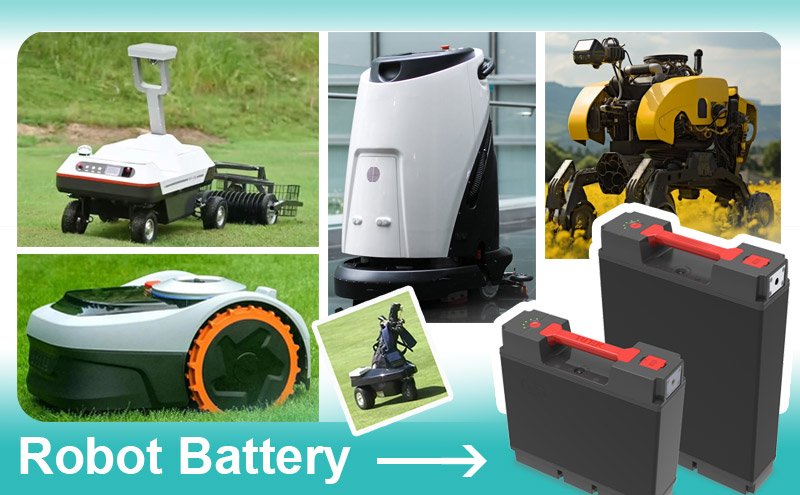
FAQs
Are IGVs replacing AGVs?
Not entirely. IGVs are more advanced, but AGVs remain a cost-effective solution for stable environments.
Can RGVs operate without rails?
No, RGVs are strictly rail-based systems and require fixed tracks for operation.
What industries use AGVs most?
Automotive, electronics, food and beverage, and general warehousing are major users of AGVs.
What is the cost difference between AGV, IGV, and RGV?
AGVs are generally the most affordable, IGVs cost more due to intelligent systems, and RGVs involve high infrastructure costs due to rail installation.
Can these vehicles connect to various buffer stations or support different functional modules?
Yes, AGVs, IGVs, and RGVs can be customized to interface with various buffer stations and integrate different functional modules such as lifting platforms, conveyors, or robotic arms—enhancing their adaptability in complex automated systems.



